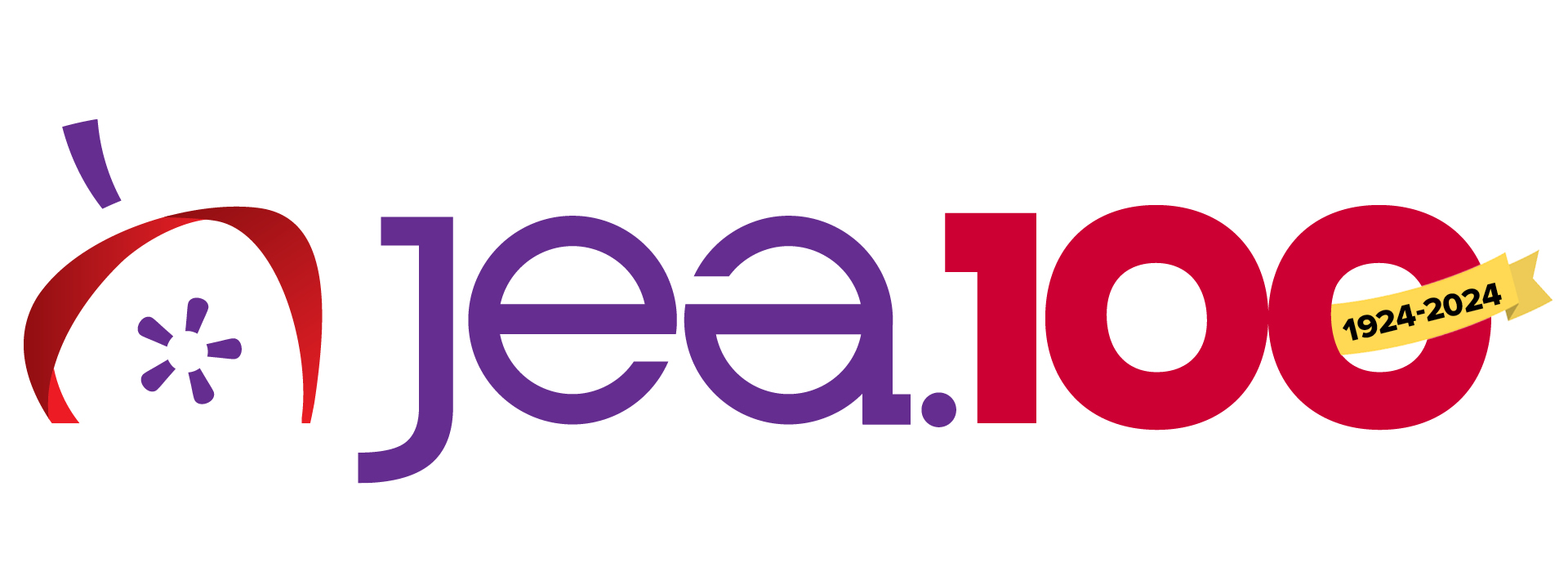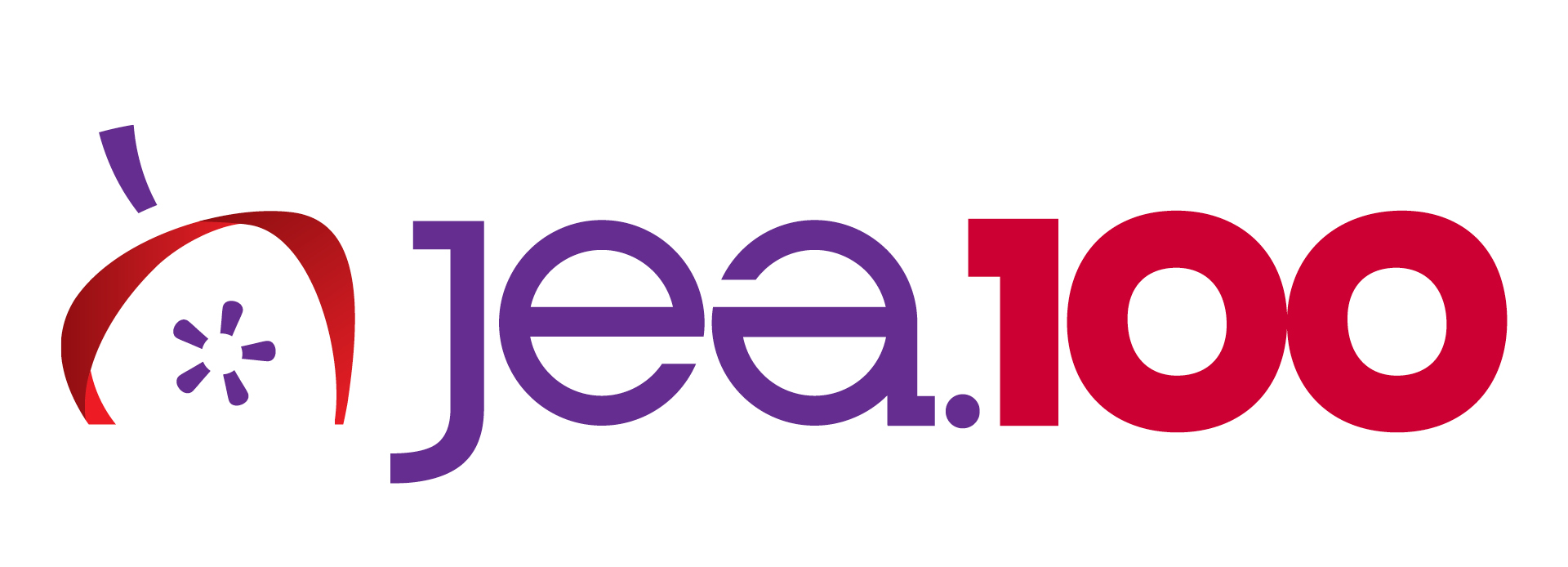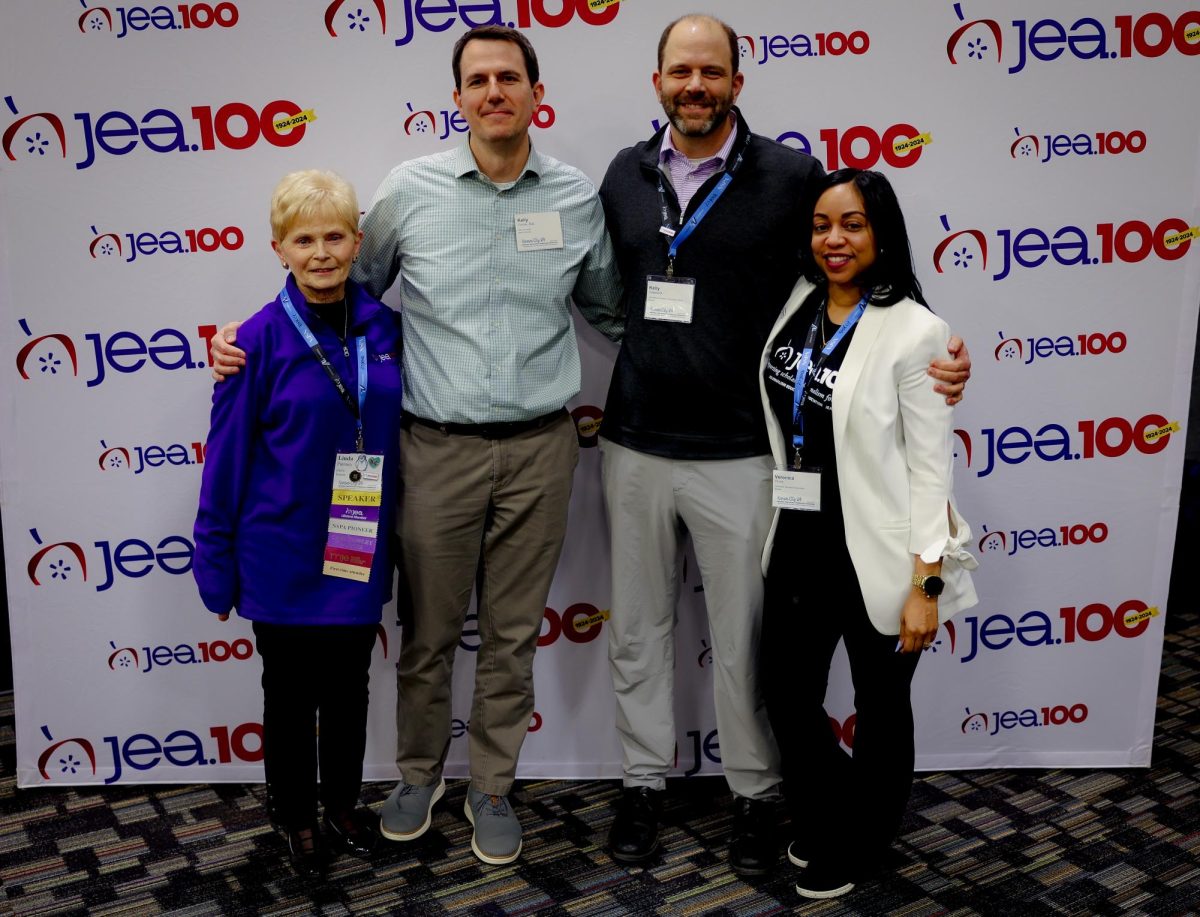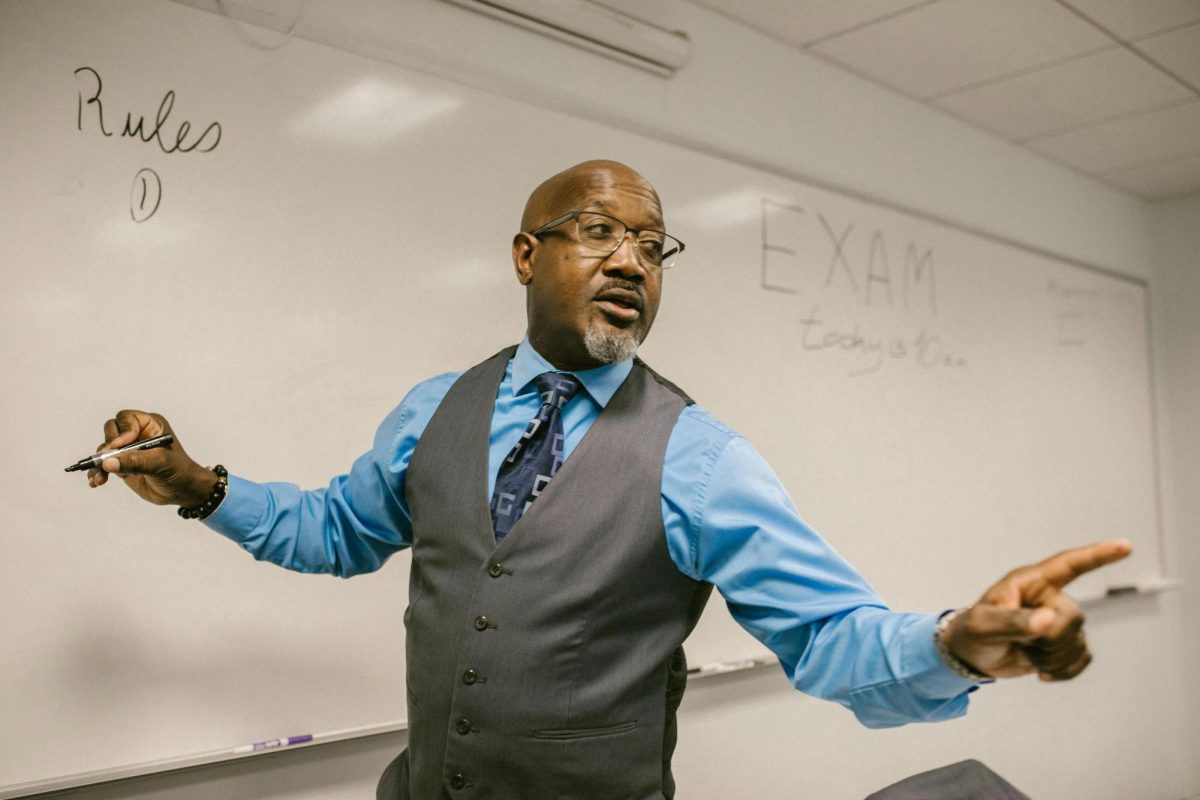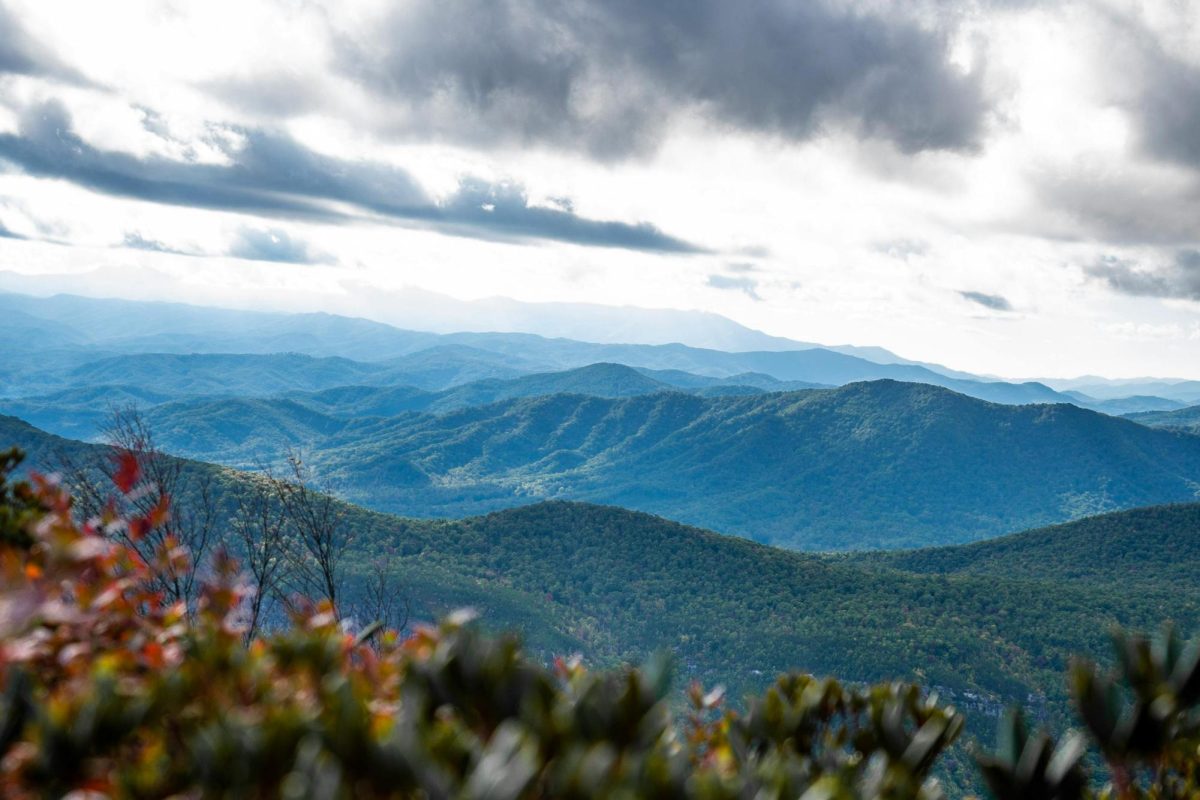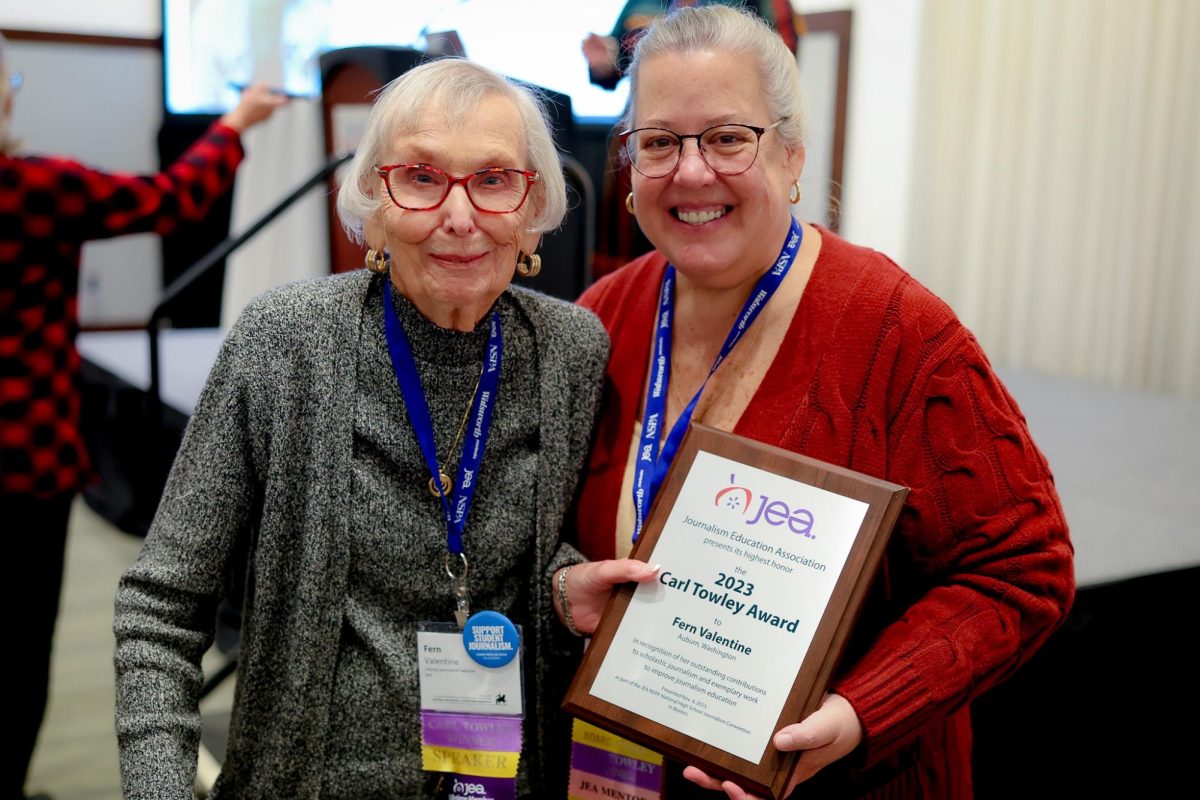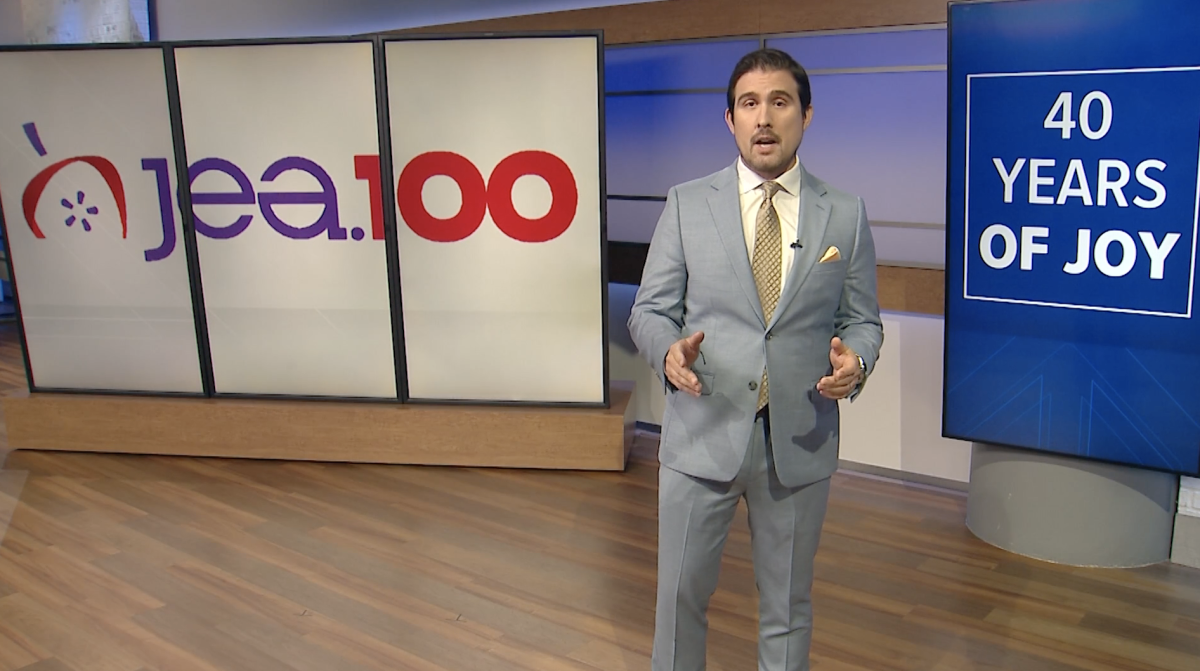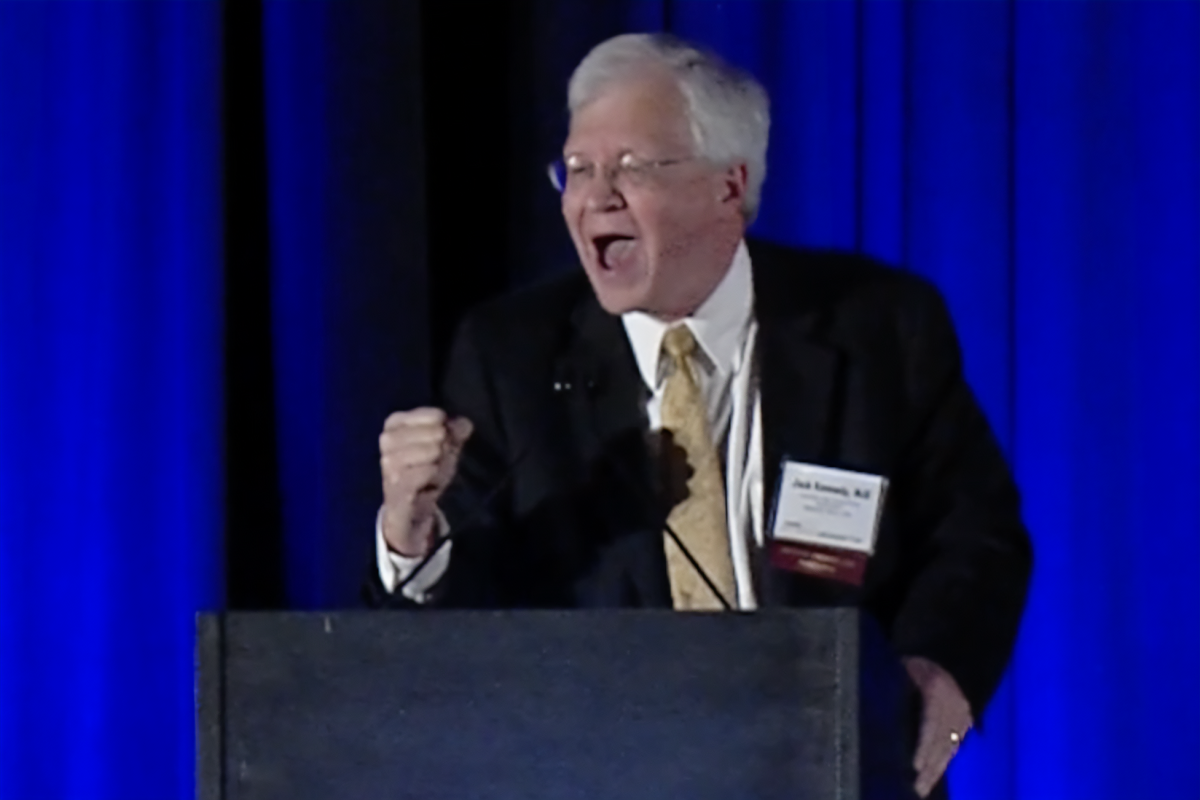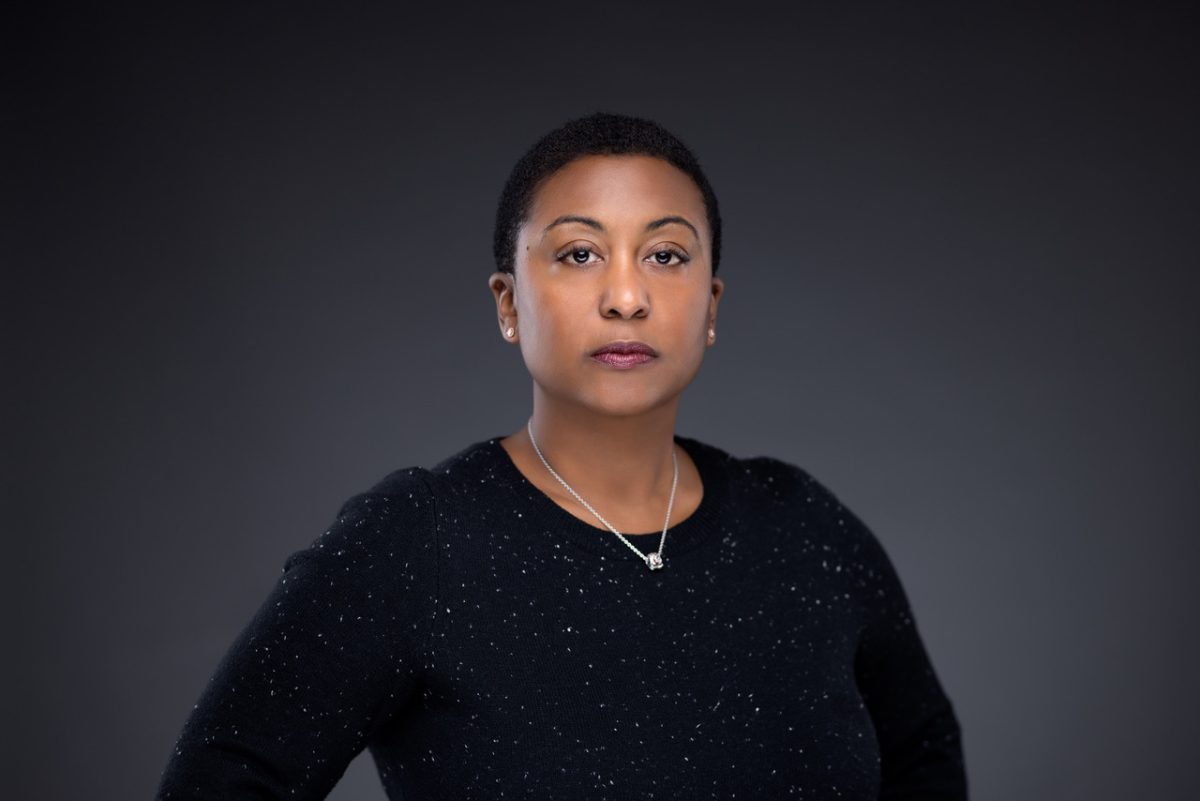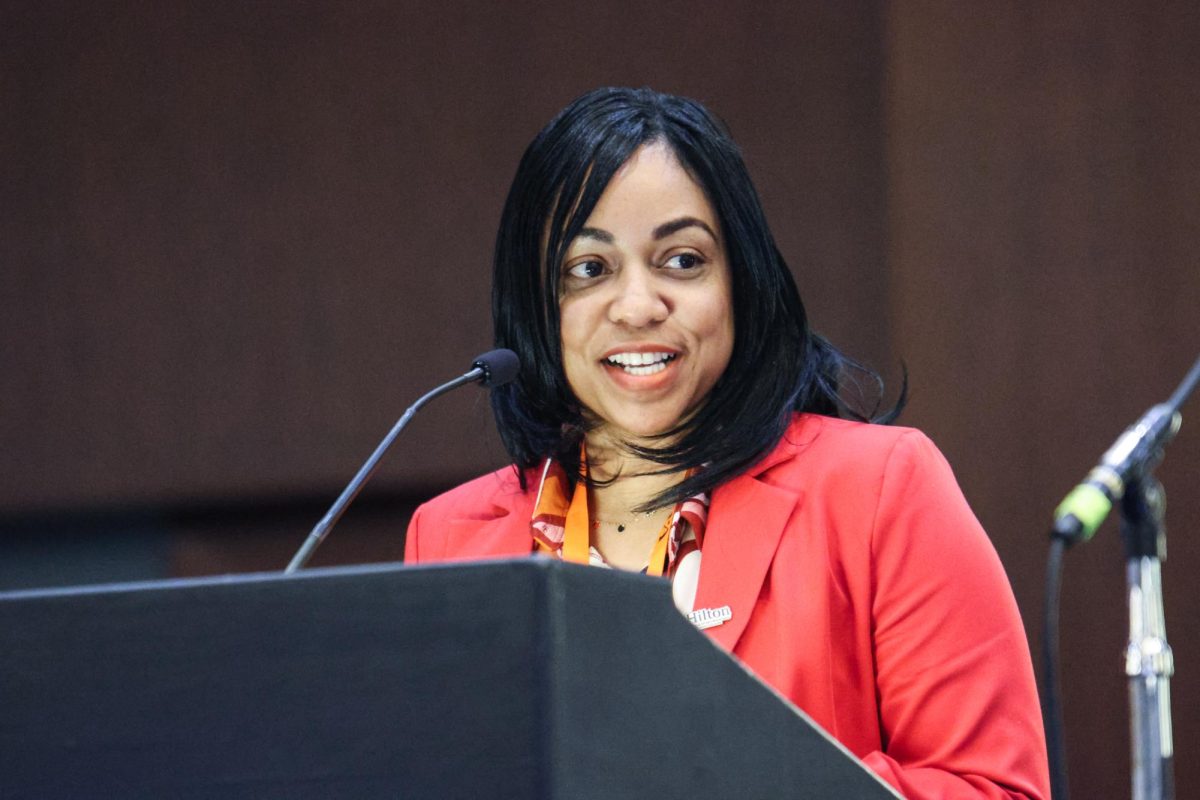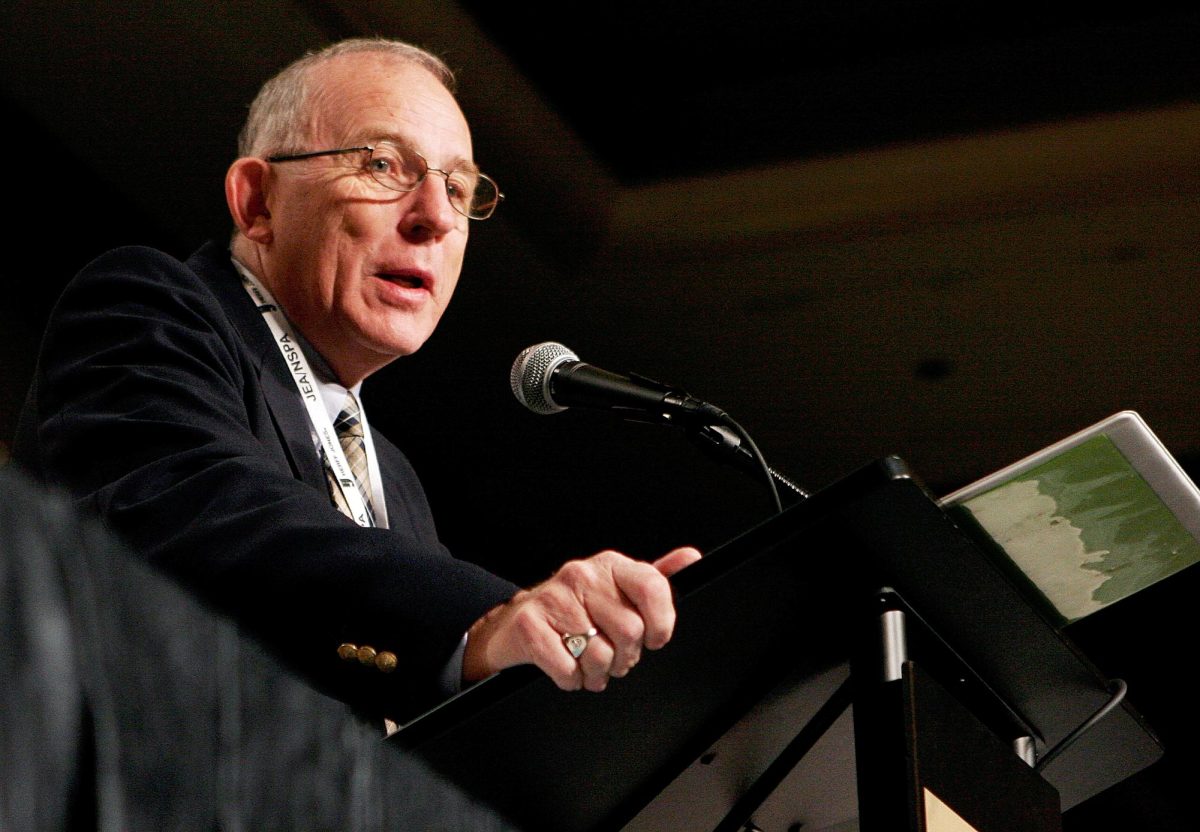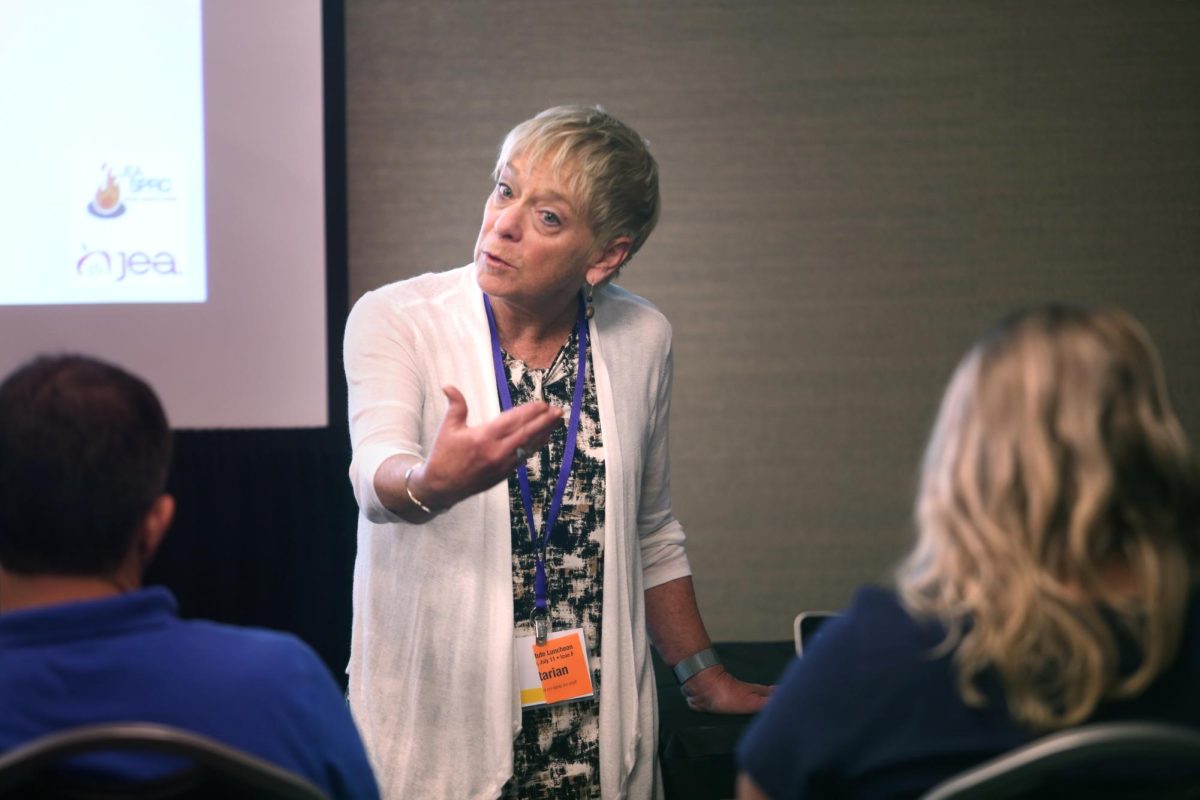As I think about the Journalism Education Association, where we’ve been and where we’re headed, I find myself very fortunate to be serving as president during our organization’s Centennial celebration. The mere fact that we’ve existed and thrived for so long speaks volumes about the dedication of thousands of volunteers over the years.
I believe we’ve made our mark across the world as the premiere scholastic journalism organization, and what has really been our bread and butter for the last few years is our extensive curriculum. Because our curriculum is so large, we’ve moved this year to hiring a curriculum specialist, Jim Streisel, MJE. He has worked to relate specific lessons to current events in a quick and handy Curriculum Chatter he publishes weekly. He also has designed a curriculum consulting service to work one on one with teachers both in person and virtually to customize our curriculum for their particular classroom needs.
Another of our longstanding traditions has been our National High School Journalism Convention put on twice annually with our partners at NSPA. Serving thousands of students and advisers each year, we strive to keep programming current and applicable to middle/high school students and teachers. We are also proud of the Journalism Education Association’s Advisers Institute each summer, giving advisers a chance to network, attend sessions and take part in a hands-on team storytelling experience that models what their students do.
As always, our efforts to support students and their First Amendment rights continue. As we celebrate our centennial, the Student Press Law Center is celebrating its 50th birthday. We treasure the strong partnership we have built with them over the years. We currently have 17 states with New Voices legislation in place, and together we embark each year to add to that number. Likewise, we also are busy supporting the education of teachers and administrators in states who have passed New Voices legislation to make sure they understand and are upholding the law. Finally, our goal is to have every high school in the nation receive our First Amendment Press Freedom Award. We want to recognize all schools who have advisers and administrators who support student press rights. Our Scholastic Press Rights Committee works tirelessly to fight for students and their advisers across the country.
We have a robust certification system for teachers where they can become Certified Journalism Educators (CJEs) and then Master Journalism Educators (MJEs). This highly rigorous and respected credentialing system helps to validate our professional educators who are often the only people doing what they do in their school building. To build on this, we are developing a credentialing system for students that will allow them to show their proficiency in areas that parallel our curriculum and show their college and career readiness.
We have expanded our membership categories and will be conducting a membership drive during our centennial celebration. Members will be able to acquire Lifetime membership status at a reduced rate during this period.
I continue to be especially proud of our outreach to our members. Our mentoring program continues to grow and thrive. Our Outreach Academy has been an integral part of our convention programming for years and we have reinvigorated the Partner Project post COVID, hoping to grow it even more in the next few years with continued support from our partners at the Skyline Foundation. We also publish one of the strongest professional journals C:JET quarterly that is mailed to our members. Articles reflect input from a wide variety of sources on a plethora of trending topics which are frequently linked to our existing curriculum.
While we’ve worked hard to get where we are today, there is still much to be done.
- With membership just under 3000 we are barely putting a dent in the more than 30,000 public high schools in America. That’s not even taking into account private schools or middle schools. People don’t know we exist and we need to do a better job of putting ourselves out there.
- Yes, 17 states have passed New Voices legislation to protect student press rights, but that means 33 states and the District of Columbia have not. We can do better.
- We’re in the middle of a severe teacher shortage in this country. More specifically, we need journalism teachers. As member teachers/advisers, we can do more to encourage students to follow in our footsteps and become journalism educators. We can’t afford for more and more programs to be cut across America because we can’t staff our classrooms.
- We can’t afford to stop learning. We must continue to engage in professional development specific to our profession. We must attend workshops and conventions, take courses to become better teachers and keep mentoring the next generation of teachers. Each one of us must make an intentional effort to make a difference in the lives of our students, our colleagues and the next generation of journalism teachers.
- All of this takes money and people power. We are an organization based on the strength of our volunteers. We need more members to get involved in our initiatives in order to garner more national support. We need to partner with more organizations who have similar goals and work together to make a greater impact.
In a profession where our teachers don’t often reflect the diversity in our schools, we have made multiple concerted efforts to work on Diversity, Equity and Inclusion initiatives. I believe all of our members have something to offer our collective team and we should be lifting all voices. I’m proud of the steps we’ve made in this area, but also realize our work will never be complete. We must continually strive to be better for our members and for the health of our organization.
It’s up to each of us to decide what we can do to make a difference. As we celebrate 100 years of working together to strengthen journalism education, I challenge you to set goals for you and your students that will make an impact on scholastic journalism for years to come.
